납산 젤 배터리는 무엇입니까??
딥 사이클 배터리를 위해 시장에있을 때, "리드산" 카테고리는 생각보다 넓습니다. 우리가 얻는 일반적인 질문은입니다, "정확히 젤 배터리는 무엇입니까?, 표준 리드산 배터리와 어떻게 다른가?" 이 기술을 이해하는 것은 귀하의 요구에 맞는 올바른 전원 솔루션을 선택하는 데 중요합니다..
납산 젤 배터리, 일반적으로 "젤 배터리로 알려져 있습니다," 특정 유형의 밀봉 된 납산 배터리입니다 (VRLA). 액체 전해질이 포함 된 전통적인 범람 납산 배터리와 달리, 젤 배터리는 두껍게 사용됩니다, 겔화 된 전해질 (실리카와 혼합 된 황산). 이 주요 차이점은 배터리 유출을 방지합니다, 진동 내성, 완전히 유지 보수가 없습니다, 전통적인 상대에 비해 상당한 편의성 이점을 제공합니다.
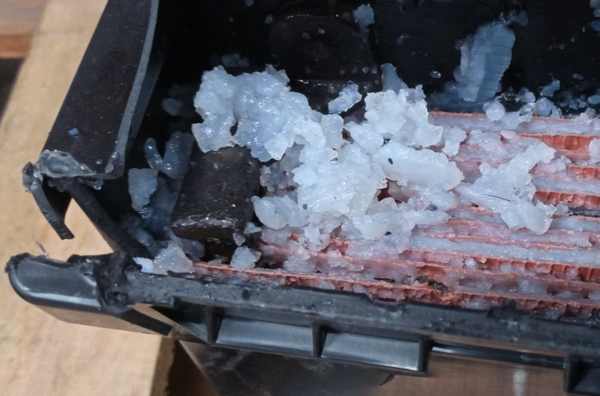
~에 Gycx 솔라, 우리는 각각이 자리에 있다는 것을 알고 있기 때문에 다양한 배터리 기술을 제공합니다.. a의 뉘앙스 이해 납산 젤 배터리 고유 한 이점이 응용 프로그램에 적합한 지 결정하는 데 도움이됩니다.. 몇 가지 일반적인 질문을 살펴 보겠습니다.
납산 배터리를 죽이는 것은?
젤이 있든, 주주총회, 또는 전통적인 침수 배터리, 모든 납산 배터리는 유사한 고장 모드에 취약합니다. "죽이는 것" 그것들은 예방과 수명을 극대화하는 첫 단계입니다..
납산 배터리의 가장 일반적인 살인자는 다음과 같습니다 황산 (배터리가 방전 상태에 남아있을 때 발생합니다.), 만성 저하, 그리고 과충전 (이는 플레이트를 손상시키고 밀봉 된 유형을 건조시킵니다). 다른 주요 요인에는 다음과 같습니다 극한 열, 이는 저하를 가속화합니다, 끊임없는 깊은 배출 등급을 넘어서, 구체적으로 침수 된 유형의 경우, 간단합니다 유지 보수 부족 (물을 토핑하지 않습니다).
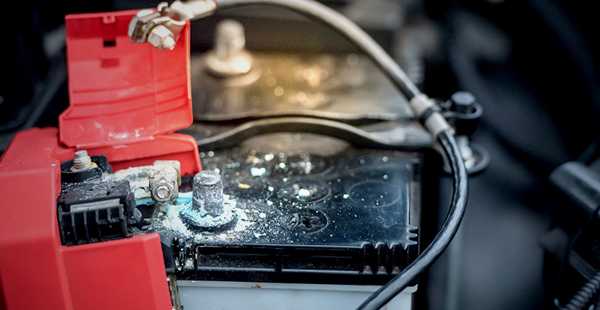
더 깊이 다이빙하십시오: 배터리 수명의 적
이러한 실패 모드를 더 자세히 살펴 보겠습니다:
- 황산 (조용한 살인자): 사용 후 리드산 배터리가 완전히 재충전되지 않은 경우, 또는 배출 된 상태에 있습니다, 납판에 황산 납 형태의 단단한 결정. 이 크리스탈은 배터리의 전원을 수용하고 전달하는 능력을 질식시킵니다.. 심한 황화는 종종 돌이킬 수 없습니다.
- 과충전: 너무 많은 전압 또는 현재 "Cooks를 적용하는 부정확하거나 결함이있는 충전기 사용" 배터리. 침수 배터리에서, 과도한 물 손실을 유발합니다. 밀봉 된 젤 배터리, 전해질을 영구적으로 마르면 훨씬 더 파괴적입니다..
- 충전소: 지속적으로 배터리를 완전히 가져 오지 않습니다 100% 또한 충전을 통해 시간이 지남에 따라 황산이 쌓일 수 있습니다, 점차 용량을 줄입니다.
- 극한 열: 열은 납산 배터리의 궁극적 인 적입니다. 그것은 내부 판의 부식을 가속화하고 침수 유형의 물 손실을 증가시키고 밀봉 된 유형의 건조를 증가시킵니다.. 더운 기후에서 작동하는 배터리 (예를 들어, 평균 90 ° F / 32℃) 동일한 배터리가 77 ° F로 유지되는 것까지 절반 만 지속될 수 있습니다. / 25℃.
- 과도한 깊은 배출: 그들은 "깊은 사이클입니다," 매번 배터리를 완전히 배수하면 상당한 부담이 발생하며 얕은 방전에 비해주기 수명이 짧아집니다..
- 소홀히 하다 (침수 배터리의 경우): 전통적인 범람 유형의 경우, 증류수로 전해질 수준을 확인하고 위로 올리는 것을 잊어 버리는 것만으로도 조기 실패의 가장 흔한 이유. 리드 플레이트의 상단이 노출됩니다, 그리고 배터리의 그 부분은 영구적으로 손상되었습니다. 이것은 젤과 다른 밀봉 된 배터리가 완전히 해결되는 문제입니다..
더 낫습니다, 산 또는 젤 배터리를 납하십시오?
이것이 고전적인 질문입니다. 대답합니다, 우리는 젤 배터리를 기억해야합니다 ~이다 납산 배터리. 실제 비교는 a 밀봉 된 젤 배터리 그리고 a 전통적인 홍수 납산 (FLA) 배터리.
보편적으로 "더 나은"것도 아닙니다.; 최선의 선택은 사이의 상충 관계입니다 편의성과 비용. ㅏ 젤 배터리 우선 순위를 정하면 더 좋습니다 유지보수가 필요 없는, 유출 방지, 설치하기 쉬운 해결책. 전통 범람 된 납산 (FLA) 주요 관심사가 달성하는 경우 배터리가 더 좋습니다. 가능한 최저 선불 비용 정기적 인 유지 보수를 수행하는 것을 신경 쓰지 않습니다.
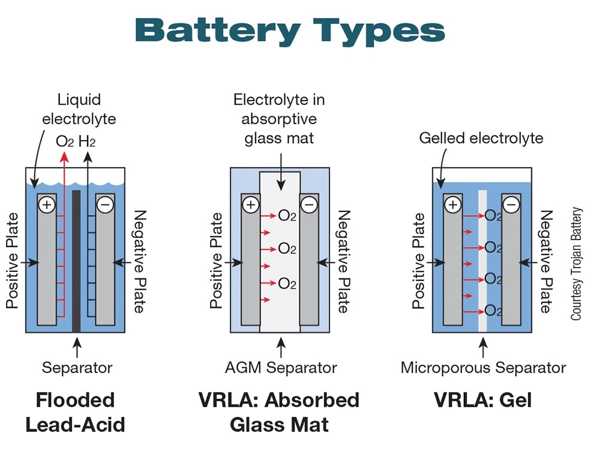
더 깊이 다이빙하십시오: 헤드 투 헤드 비교
주요 범주에서 비교해 봅시다:
- 유지:
- 젤라틴: 우승자. 밀봉되어 있으며 급수 또는 전해질 점검이 필요하지 않습니다.
- FLA: 정기적 인 증류수 탑 업 및 터미널 세정이 필요합니다.
- 안전 & 설치:
- 젤라틴: 우승자. 유출입니다, 사건이 손상 되더라도, 어떤 위치에도 장착 될 수 있습니다. 또한 정상 작동 중에 최소 가스를 생성합니다, 통풍이 적은 지역의 경우 더 안전합니다.
- FLA: 산 유출을 방지하기 위해 똑바로 설치해야합니다. 충전 중에 가연성 수소 가스가 통풍구를 보이며 잘 통풍이 잘되는 인클로저가 필요합니다..
- 선불 비용:
- FLA: 우승자. 구매시 AMP 시간 당 가장 낮은 비용을 제공합니다..
- 젤라틴: 편의성과 봉인 된 디자인으로 상당한 가격 프리미엄을 제공합니다..
- 충전 중:
- FLA: 충전 전압의 약간의 변동을보다 강력하고 용서.
- 젤라틴: 매우 민감합니다. 특정이 필요합니다, 영구적 인 손상을 방지하기위한 저전압 충전 프로파일.
- 내구성:
- 젤라틴: 진동과 충격으로 인한 손상에 더 저항합니다.
- FLA: 매우 내구성이 뛰어나고 오래 지속될 수 있습니다 만약에 세 심하게 유지되었습니다.
"더 나은" 선택은 응용 프로그램에 따라 다릅니다. 유지 보수가 어려운 원격 태양열 설치의 경우, 젤이 더 좋습니다. 쉽게 액세스 할 수있는 배터리 상자가있는 예산에 민감한 사용자의 경우, FLA는 큰 가치가 될 수 있습니다.
리드산 배터리를 젤 배터리로 교체 할 수 있습니까??
전통적인 범람 리드산을 사용하고 있습니다 (FLA) 배터리이며 유지 보수에 지쳤습니다. 단순히 같은 크기의 젤 배터리를 구입하여 교체 할 수 있습니까??
예, 범람 된 납산 배터리를 젤 배터리로 교체 할 수 있습니다., 그러나 이것은 하나의 비판적과 함께 제공됩니다, 협상 할 수없는 조건: 충전 시스템이 젤 배터리와 호환되는지 확인해야합니다.. 이것은 태양 전하 컨트롤러를 의미합니다, 차량 발전기 조절기, 또는 AC 충전기에는 특정 "젤이 있어야합니다" 설정하거나하는 것으로 대체됩니다. 침수 배터리를 위해 프로그래밍 된 충전기를 사용하는 동안 배터리를 교환하면 새 새가 빠르게 파괴됩니다., 더 비싼 젤 배터리.
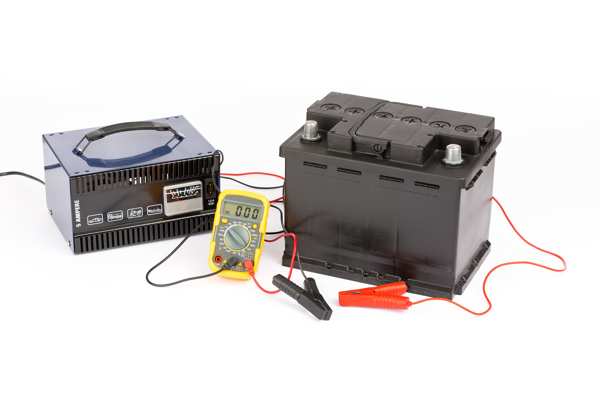
더 깊이 다이빙하십시오: 중요한 호환성 점검
이 업그레이드를 계획하는 경우, 이 점검표를 따르십시오:
- 물리적 및 전기 사양을 확인하십시오: 새 젤 배터리에 동일한 공칭 전압이 있는지 확인 (예를 들어, 12V), 공간에 맞는 비슷한 물리적 차원, 그리고 적절한 앰프 시간 (아) 귀하의 필요에 대한 용량.
- 충전 시스템을 감사합니다 (가장 중요한 단계):
- 배터리를 충전하는 모든 장치를 살펴보십시오 (태양열 컨트롤러, 쇼어 파워 충전기, 등.).
- 배터리 유형 설정이 선택 가능한지 확인하십시오 (예를 들어, "홍수 옵션이있는 스위치 또는 디지털 메뉴," "AGM," 그리고 "젤").
- "젤" 설정이 존재합니다: 당신은 갈 수 있습니다! 스왑을 만들고 컨트롤러의 설정을 변경해야합니다.(에스) "젤."
- "젤" 설정이 존재합니다: 현재 충전기는 호환되지 않습니다. 젤 배터리에는 전압이 너무 높습니다. 너 충전기를 교체해야합니다 새 배터리를 설치하는 동시에 젤 프로파일이있는 최신 스마트 충전기로.
GYCX 태양 이야기: "이것은 우리가 GYCX Solar에서 자주 상담하는 것입니다.. 고객이 RV의 젤 배터리로 업그레이드하려고했습니다.. 우리는 기존 태양열 컨트롤러를 평가했고 그것이 기본이라는 것을 알았습니다., 프로그래밍 할 수없는 모델. 우리는 올바른 젤 배터리와 새로운, 패키지로 올바르게 프로그래밍 된 컨트롤러, 업그레이드가 성공하고 새로운 배터리는 수년간의 유지 보수가없는 서비스를 제공 할 것입니다."
여분의 돈 가치가있는 젤 배터리입니다?
젤 배터리는 홍수에 비해 가격이 높은 가격으로 제공됩니다.. 이것은 궁극적 인 질문으로 이어집니다: 추가 비용이 실제로 정당화 되었습니까??
젤 배터리입니다 편의에 높은 가치를 부여하면 여분의 돈을 벌 수 있습니다., 안전, 설치 유연성. 정기적 인 유지 보수가 어렵거나 불가능한 애플리케이션에 배터리가 필요한 경우, 산 쏟아지는 곳은 치명적입니다, 또는 배터리를 직립 이외의 방향으로 설치 해야하는 곳, 그런 다음 젤 배터리의 프리미엄 가격은 종종 마음의 평화와 번거 로움이없는 운영에 가치가 있습니다..
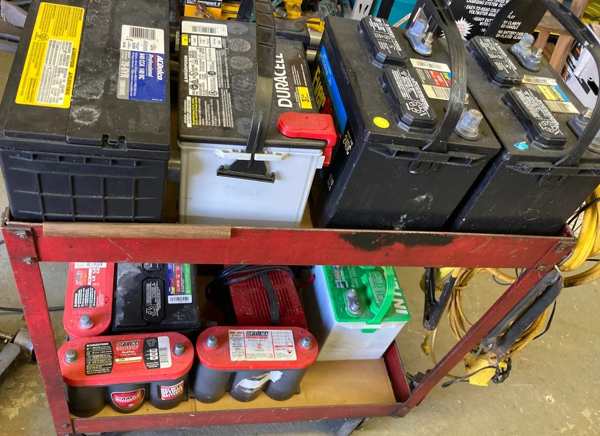
더 깊이 다이빙하십시오: 가치 제안 분석
추가 비용이 합리적 일 때 분해합시다:
- 만약 그렇다면 그만한 가치가 있습니다:
- 유지 보수는 번거 로움입니다: 배터리는 접근하기 어려운 위치에 있습니다, 아니면 단순히 수위 점검의 집안일을 원하지 않습니다..
- 안전이 가장 중요합니다: 배터리는 보트 캐빈 안에 설치됩니다, RV 생활 공간, 또는 수소 가스 및 잠재적 인 산 유출이 허용되지 않는 위험이없는 통풍이 잘되지 않는 지역.
- 응용 프로그램에는 진동이 포함됩니다: 오프로드 차량 또는 해양 선박과 같은, 젤의 충격 저항이 중요한 이점입니다.
- 유연한 장착이 필요합니다: 공간에 배터리를 측면 또는 각도에 설치해야합니다..
- 만약 그렇다면 그만한 가치가 없을 수도 있습니다:
- 주요 목표는 가능한 최저 선불 비용입니다.
- 배터리는 쉽게 접근 할 수 있습니다, 환기가 잘되는 배터리 박스.
- 당신은 부지런하고 홍수 배터리가 필요로하는 일상적인 유지 보수를 수행하는 것을 신경 쓰지 않습니다..
- 다음 수준의 가치: 리튬 (LFP):
또한 이미 젤의 편의를 위해 프리미엄을 지불하는 것을 고려하고 있다면, 종종 현대 LFP를 평가하는 것이 합리적입니다 (리튬 철 포스페이트) 배터리. 그들은 선불 비용이 훨씬 높습니다, LFP1 배터리는 모든 유지 보수가없는 것을 제공합니다, 젤의 유출 방지 이점, 그러나 훨씬 우수한 수명으로 (5-10 더 많은 사이클), 더 높은 효율성, 더 가벼운 무게, 그리고 더 큰 사용 가능한 용량. Gycx Solar에서, 우리는 고객 이이 모든 옵션의 평생 가치를 비교하여 가장 현명한 장기 투자를 찾도록 도와줍니다..
그래서, 전통적인 홍수 납산 배터리보다 젤 배터리가 낫습니다.? 고전적인 트레이드 오프입니다: 편의 vs. 비용. 젤 배터리는 안전을 제공합니다, 변하기 쉬운, 유지 보수가없는 솔루션, 그러나 이것은 프리미엄 가격으로 제공되며 정확한 가격이 필요합니다., 호환 충전 시스템.
젤 배터리가 당신에게 올바른 선택인지 여부, 또는 기존의 침수 배터리 또는 최신 리튬 시스템이 더 잘 맞는 경우, GYCX Solar의 전문가 팀은 귀하의 특정 요구에 대한 장단점을 이해하는 데 도움이 될 수 있습니다.. 전문 상담을 위해 오늘 저희에게 연락하십시오!
LFP의 개념을 이해하면 배터리 관련 데이터 개념을 더 잘 비교하고 이해하는 데 도움이됩니다.. ↩
